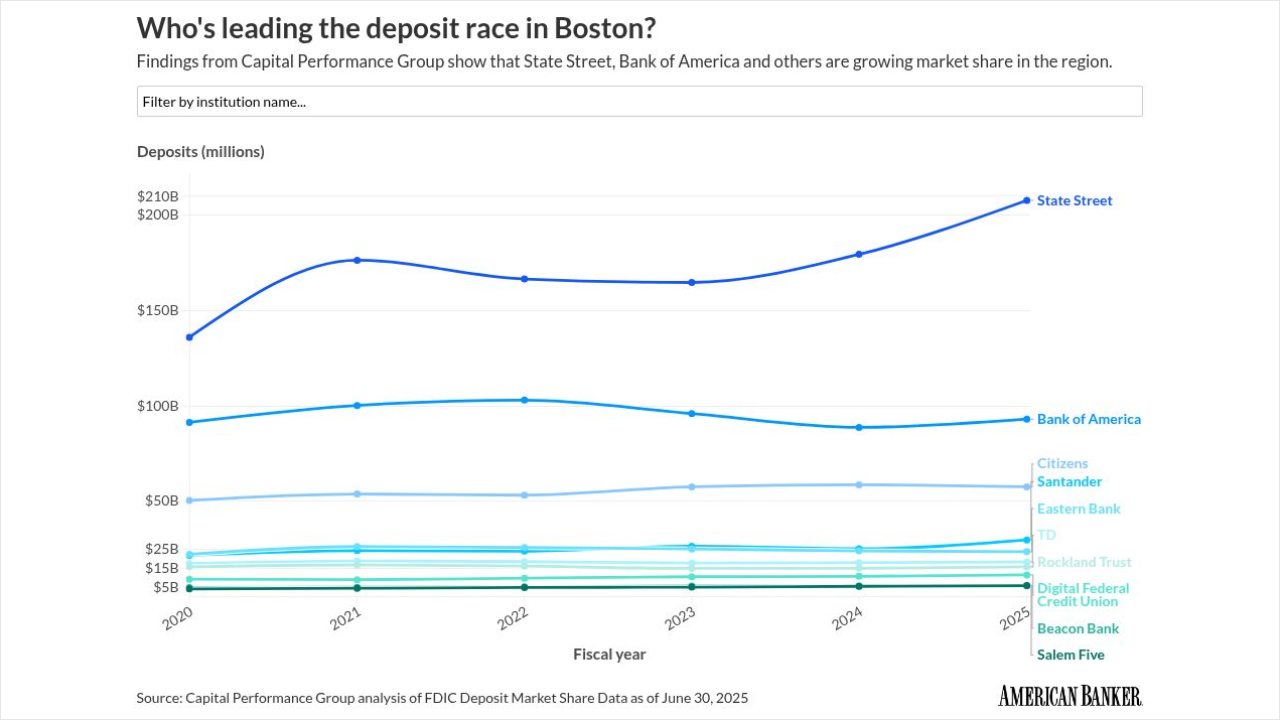
UPDATE: This article includes comments from Community Bank of Elmhurt.
Zelle added more community banks to its ranks over the last six months than it did in the prior year, feeding the peer-to-peer payment network's need to reach a wide range of financial institutions.
Zelle added 178 financial institutions to its network in the six months across Q1 2025 and Q4 2024, the company said this morning.
By comparison, Zelle added 69 financial institutions in the same prior-year period, Denise Leonhard, general manager of Zelle, told American Banker.
"When you think about community banks as well as credit unions, that's crucial to our strategy … because not only do we want those customers to be able to access Zelle, we also want customers that already have Zelle to be able to send to anyone in the network," Leonhard said.
Zelle has been growing at a fast clip, and
Zelle can turn on its functionality with a new community bank through those resellers in as little as a month once it gets on its engineering and product roadmap, Leonhard said.
"It's relatively easy," she said. "It's just that interesting Jenga of getting into product and engineering roadmaps."
Community banks might not bring as many users as larger financial institutions, but they do provide Zelle with a much needed network effect, said Aaron McPherson, principal at AFM Consulting.
"The value of a network scales as the square of the number of endpoints," McPherson told American Banker, noting that community bank participation "enables businesses to use Zelle to reach all their employees for things like payroll, or … small business payments."
Early Warning Services is teaming up with Fiserv to quickly drive uptake for its new Paze digital wallet with merchants and credit card issuers outside of its owner banks. Paze partnered with Worldpay earlier this month to unlock a similar distribution channel.
Many customers now expect their financial institution to have Zelle, according to Barbara Savage, senior vice president of operations at Community Bank of Elmhurst. "Our consumer and business customers appreciate the convenience of fast, secure payments. It is important for us, as a small community bank, to provide that level of service," Savage told American Banker in an email. Community Bank of Elmhurts worked with FIS, a Zelle reseller, to enable the payments network.
But lack of participation from smaller financial institutions has held Zelle back, he said.
"This acceleration is a promising sign that smaller institutions have gotten over their reluctance to participate in a system that is owned by their largest competitors," McPherson said.
Financial institutions that don't have Zelle are at a disadvantage, too, said Tony DeSanctis, a senior director at Cornerstone Advisors.
"It is becoming more and more critical for financial institutions to adopt Zelle," DeSanctis told American Banker.
Community bank adoption is also critical to Zelle's
"The more consumers you bring on, the more payments that happen. The more small businesses that you bring on, whether that be through community banks or credit unions, and the more payments that you have to small businesses," Leonhard said.
And small business use cases are significant, Cornerstone's DeSanctis said. For example, The average Zelle transaction amount in 2024 was $277, according to the company. And almost 12% of Bank of America's $1.1 trillion in payments in Q1 2025 were made via Zelle, according to the banks' earnings release.
"These things both point to Zelle being a solution for small-business and larger transactions," DeSanctis said. "The number one use case historically was for rent payments and companies that would love to replace checks but don't want to go through the trouble of building out ACH or wire capability.
"For those smaller businesses, Zelle presents a good solution," he said.






